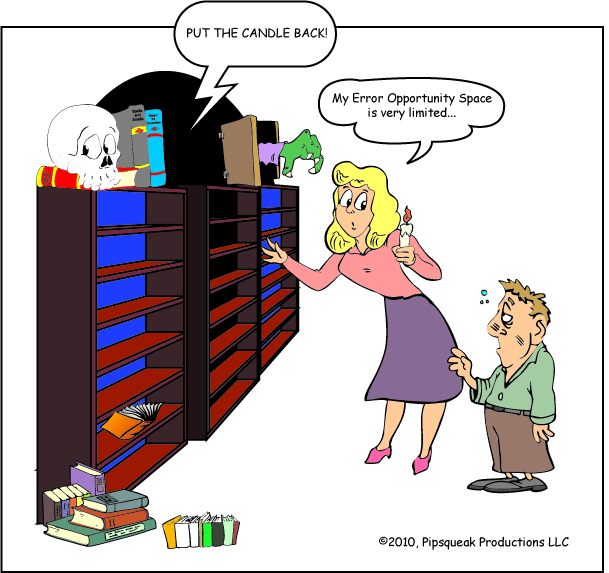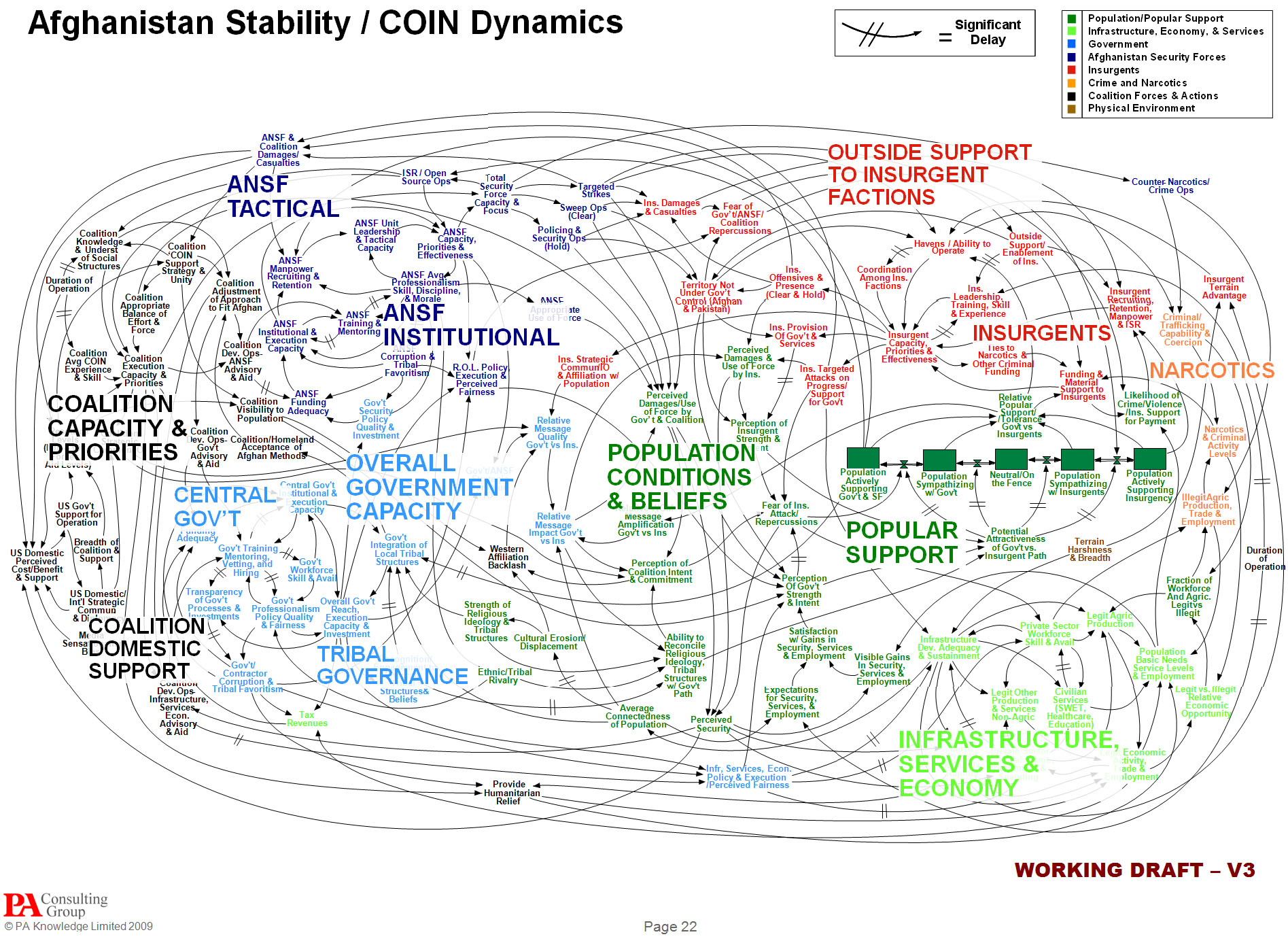Mann, D. (2010). “Skin Color Affects Ability to Empathize with Pain.” CNN.com. Retrieved on 23 June 2010: http://edition.cnn.com/2010/HEALTH/05/27/race.empathy/index.html?hpt=C2 An article written by Denise Mann, Skin color affects ability to empathize with pain”, raises some controversial questions around race. According to Mann’s article Neuroscience research has demonstrated that humans are hardwired to feel another person’s pain. For example when someone stumps their toe or fall, people reacts in ways as if they felt the other person’s pain. A study conducted in Italy argues that people feel less empathy for some that has different skin tone. Researchers have found that one reaction to another person’s pain can be racially subjective. Can race really play a role in pain empathy? The study monitored people’s nervous systems activity by tracking heart rates and sweat gland activity when they were watching clips of white and black hands being pricked by needles. The finding was that observers reacted more to the pain of someone with the same skin tone. The experiment was also used on a purple hand in which participants empathize with more than they did with a hand from another race. The author takes these claims and applies it to how medical practitioners may…
Interface Design
What does the product feel and look like?
Cognitive Blindness, Conceptual Design, Errors, Interaction Design, Interface Design, Pipsqueak Articles, Scaffolding, Users
Error Opportunity Space
by Olga Werby •

Confronted with one “True or False” question, an individual has a very small error opportunity space: three. There are three possible responses: true, false, or no answer. “No answer” will always be wrong, a betting man should choose one of the possible answers. But unfortunately situations where the error opportunity space is so narrow are rare. And in the real world, dealing with real problems, these spaces tend to be very large. Note that the size of the error opportunity space, EOS, makes no representations about the consequences of getting the problem right or wrong (or partially right or wrong). When the stock market tanked on May 7th, people involved in that process had a very large EOS. A week out, experts and participants are trying to figure out what went wrong and how to limit similar incidents in the future—they are trying, in effect, to drastically reduce the error opportunity space. This is a job of product designers. By analyzing the goals of the users and the system’s constraining variables, we can come up with conceptual design, interaction design, and interface design that would address the problems that were exposed on May 7th. Coming up with a solution is…
Background Knowledge Errors, Causal Net Problems, Conceptual Design, Diagnostic Errors, Featured, Interaction Design, Interface Design, Pipsqueak Articles
The Anatomy of Failure
by Olga Werby •

On May 7th 2010, at around 2:30 p.m. Eastern Time, the stock market went on a wild ride, dropping over 900 points in matter of just minutes. What happened? There’s lot’s of speculation, and some know more then they are willing to say. But what’s clear is that there was just the right confluence of world events, human and computer errors, and system-wide communication breakdown that triggered a mass sell-off of stocks at fantastic prices. In other words, there was a catastrophic failure during product interaction. I’m not an investment analyst and have limited knowledge in this subject area, but I am interested in product failure. So Thursday’s stock market episode was very interesting. Here’s a little background on the events of that day broken down into steps leading to the failure. Step 1: When the New York stock market opened on Thursday, bad news was streaming in from Europe—there were fears that Greece would ultimately default on its loans; its people were staging massive demonstrations in Athens; Euro was going down. Step 2: In our very interconnected world, this kind of news makes investors skittish and the stock market was dropping value all morning. Step 3: At around 2:45…
Cognitive Blindness, Conceptual Design, Contributor, Ethnographic & User Data, Interaction Design, Interface Design, Users
Before you cast that vote on the ballot this November…
by Annie •
Article: McGrath, M (2008). “Political views ‘all in the mind’.” BBC World Service. Visited on 18 September 2008 http://news.bbc.co.uk/2/hi/science/nature/7623256.stm Conceptual Design — to investigate the level of connection between a person’s political views and her/his physiological makeup, e.g. that person’s sensitivity to fear or threat. Interaction Design — small study targeting potential voters, exposing them to various sights & sounds that may provoke fear, and checking their responses against their political views on multiple issues. Subjects were first asked a series of questions regarding their political views on multiple issues (like gun control, capital punishment, abortion, etc.). Then, using electrical conductance to measure subjects’ skin & blink responses, they were exposed to a series of intentionally frightful images & sounds. This is used to determine their levels of sensitivity to fears & threats Interface Design — creepy images like a scared man with a tarantula on his face, and an open wound with maggots in it, and loud, unexpectedly intrusive noises Summary — while this study is geographically limited (conducted only in Nebraska) and statistically insignificant (n=46), it does offer an interesting hypothesis that people who are highly sensitive to threats & fears tend to support a right-wing agenda. From…
Conceptual Design, Contributor, Interaction Design, Interface Design, Product Design Strategy, Users
Reinventing the wheel to help disabled.
by BrentM •
Article: Elliot, J. (2008). “Reinventing the wheel to help disabled.” BBC NEWS. Visited on 5 September 2008 http://news.bbc.co.uk/2/hi/health/7475609.stm Summary: Wheelchair wheels are not optimally designed for wheelchair users who must travel. While the wheels may be removed from a folding wheelchair, they do not themselves pack well and must often be checked in on flights or stowed separately from the folded chair in other travel scenarios. Former Royal College of Arts (RCA) student Duncan Fitzsimons designed a folding wheel for bicycles and is modifying the design to work for wheelchair users. His design, which folds the full-sized wheel flat while allowing use of a regular tire and inner tube, gives the wheelchair user the ability to quickly stow their chair when using other modes of transportation. Conceptual design: Wheelchair wheels must be removed from wheelchairs, even folding models, to be stowed when traveling. Design a wheel which does not require removal from the chair and significantly reduces the amount of space needed to stow the chair. Interaction design: The wheel must be large, as this is the key to a wheelchair user’s independence. It should be designed to fit different budgets and performance needs. It must fold flat so it may be…
Ethnographic & User Data, Interface Design, Perceptual Focus Errors, Pipsqueak Articles, Product Design Strategy, Users
Understanding Complex Visual Information…
by Olga Werby •

…or not comprehending it, as the case may be. A few years ago, I wrote a paper about people’s ability to comprehend complex visual information such as graphs, charts, diagrams, maps, and so on. Intuitively, we are culturally-trained to believe that it’s much easier to extract information from a picture than from text. But upon testing this belief (p-prim, for those in the know), I found that contrary to the notion “a picture is worth a thousand words,” it’s much more difficult to get data from an illustration than from a story. While emotional impact might be larger with a picture, it’s not true for comprehension. You can read the results of my study at http://www.pipsqueak.com/pages/papers.html “Visual Symbolic Processing in Modern Times” paper presented at AACE ED-MEDIA Conference in 2008. Since then, I’ve collected more data, and the results are similarly aligned: problem-solving requiring higher level visual symbolic processing skills is difficult and results in communication failures. A secondary, and surprising, finding was a gender discrepancy in performance outcome testing of visual symbolic processing skills. Higher level and lower level visual symbolic processing are defined in the paper. And anyone interested in testing their visual processing skills are welcome to…
Conceptual Design, Contributor, Interaction Design, Interface Design, Users
Do we want to be citizen or customers.
by Ben •
Article: Knight, M. (2008). “Do we want to be citizen or customers.” CNN. Retrieved on 21 June, 2008. http://www.cnn.com/2008/TECH/science/06/12/Rykwert/index.html Summary: In this interview, Joseph Rykwert, an architectural historian, offers his view of the city and the transitions it has gone through. He points out that most people don’t like the new building and skyscrapers being constructed, often mocking them with sexual connotation. In the past skyscrapers symbolized the energy within an urban environment, yet as more and more are being built, buildings are now more of an eye sore. He talks about how gates communities and certain buildings (whether they are under high security or are just constructed to be uninviting) cut through public space, taking away a section of the city. The need for gated communities is a recent phenomenon, and is a reflection of the growing inequalities of our society. He comments that tall buildings built after the 60’s don’t do a good job of integrating with the streets. Their entrance halls have become less and less welcoming, characterized by tighter space, less public displays, and more security. This is because the streets were no longer viewed as a safe place, which was reflected in the design…
